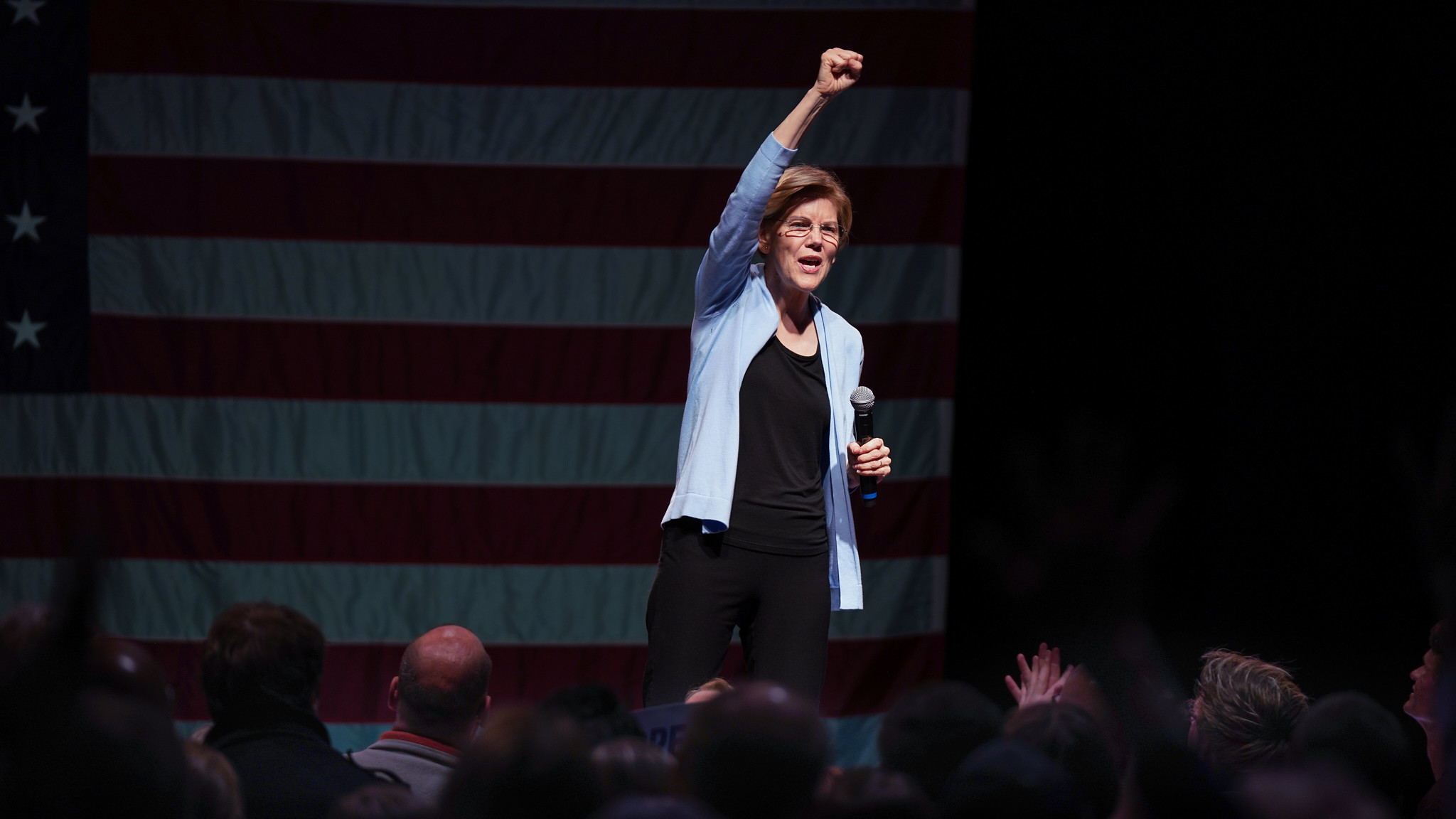
A Fair and Winning Tax Reform for Democrats: Broad Payroll Tax Relief Financed by Wealthy Americans
There is a simple and direct way to do it: Exempt the first $10,000 in wages or salaries from payroll taxes, and finance it by ending the tax preferences on capital gains and dividends that mainly benefit wealthy people. The result will be a system that finally applies progressive tax rates to both capital and labor income.
That would make a meaningful difference for working families. Based on data from the Congressional Budget Office (CBO), the $10,000 exemption would increase the resources of working households by $986 to $1,216 per-year over the next decade. The average annual benefit would come out to $1,084 per household, in today’s dollars.
That would be enough to cover Americans’ median monthly mortgage payment—which, as of this writing, is $1,030 including taxes and insurance. It would be equivalent to a 6.7 percent annual raise for working households in the lowest income quintile (up to $25,600) and annual raises of 3.2 percent, 2.1 percent, and 1.4 percent for those with incomes in the second, third, and fourth income quintiles, respectively.
All of those costs could be covered by taxing the proceeds that wealthy people collect from their financial assets in a fair fashion. The Institute on Taxation and Economic Policy has estimated that taxing capital income at the same rates as labor income would raise roughly $1.53 billion in additional revenues over the next 10 years. Based on data and analysis from the Tax Policy Center, that would be $90 billion more than the $1.44 billion cost of exempting the first $10,000 of labor income from the employee side of social security taxes, also known as OASDI.
This progressive tax approach can be carried out in a number of ways. A plan to exempt the first $5,000 in wages and salaries from OASDI payroll taxes would cost $721 billion over the next 10 years. According to CBO, raising the corporate tax rate to 30 percent would generate $867 billion in new revenues over that decade and still leave the corporate rate five percentage-points lower than before Trump’s 2017 tax Act. Alternatively, CBO also reports that a 0.1 percent tax on stock transactions would raise $821 billion in new revenues over the next decade, or $100 billion more than the revenue cost of a $5,000 payroll tax exemption.
Whatever the details, payroll tax relief provides an unambiguous way to give working Americans meaningful support. At the same time, higher taxes on the capital gains and dividends banked predominantly by high-income investors, their stock market transactions, and the corporations that generate those capital gains and dividends can all provide equitable ways to pay for it. Any Democrat looking for a meaningful way to resonate with today’s voters might want to think about making such a proposal.
The essay was originally published by Washington Monthly.
